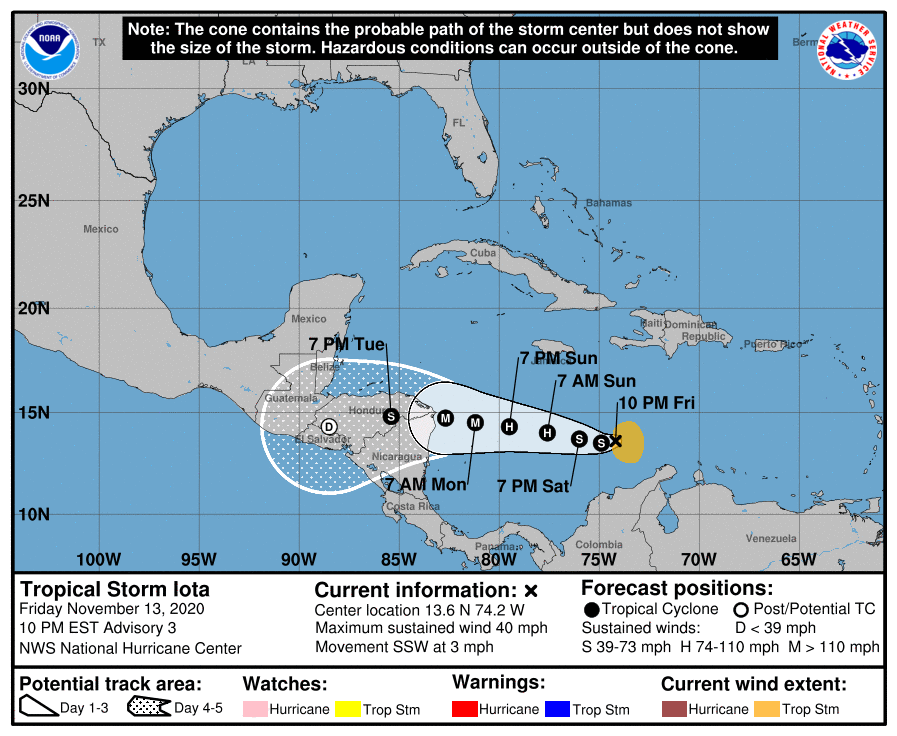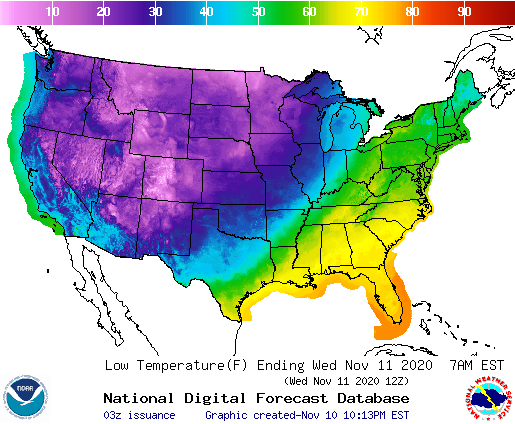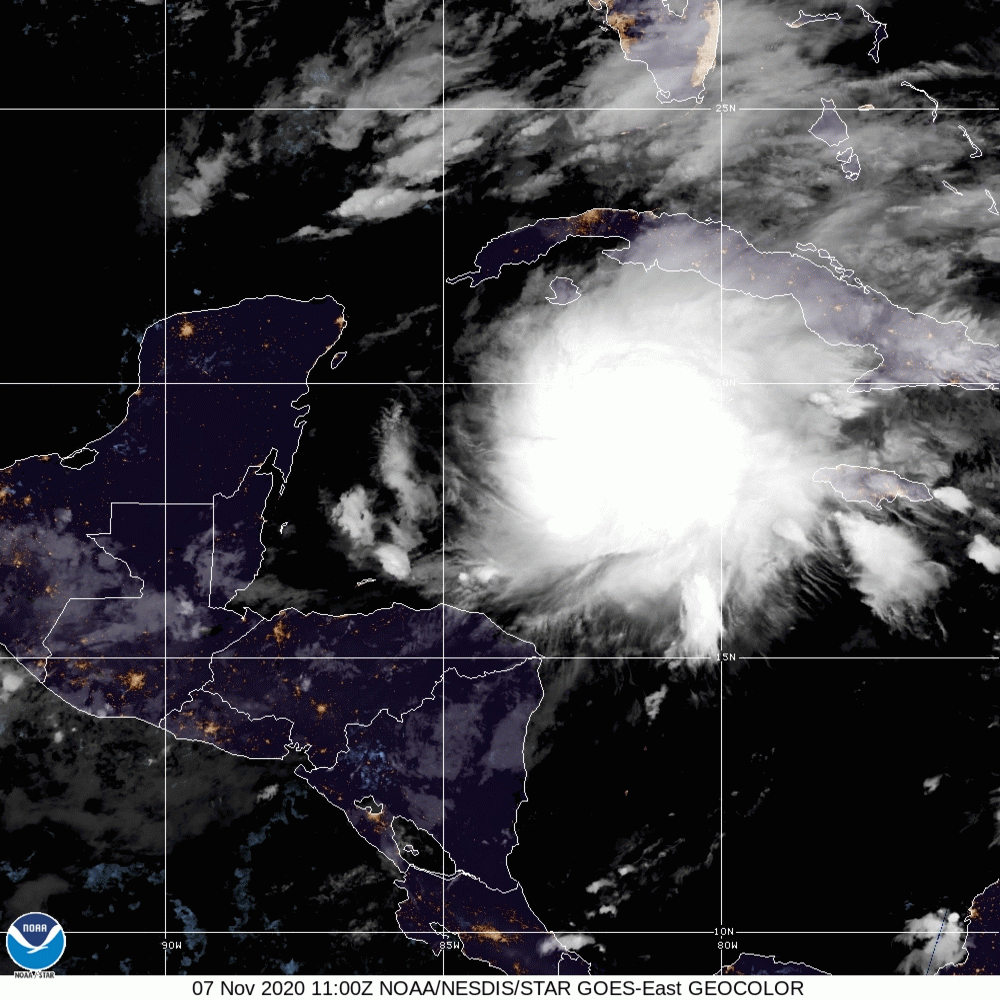Hi! Happy Saturday! We are heading into what is usually one of the busiest travel times of the year. This year will obviously be a little bit different, but the weather will still carry on, so let’s drop this three day forecast for the southwestern part of the country. Our drive will cover 1,606 mile at a pace of 67.6mph, which will indicate a pace of 541 miles on those first two days, and a shorter day on Tuesday. Let’s hit the old dusty trail.
DAY ONE (Sunday)

There is a bit of a system moving into the west coast this weekend, but in the part of the coast that you would expect it, not the Mojave desert or San Joaquin Valley. In fact, a thermal ridge suggesting pretty warm temperatures will be in place as we drive through the Golden State. We won’t make it out, stopping at the dusty oasis of Ludlow.
DAY TWO (Monday)
Low pressure dives in from the Pacific Northwest to the central Rockies on Monday, and by the end of the day, may start causing some issues in the higher terrain. We will drive from Ludlow through Arizona without any concerns, buy in the last couple of moments, some rain and elevation snow may be possible in New Mexico. We will still remain mostly dry, stopping for the night in Mesita, west of Albuquerque.
DAY THREE (Tuesday)
The low in the center of the country will deepen fairly quickly as it descends into the Plains. Not a lot of wet weather will move into eastern New Mexico and west Texas, but a healthy rush of cold air will run into the region. There will be a few storms ahead of us, but they will be out of Abilene before we get there. Bundle up, furnaces aren’t as efficient in this part of the world.









